- What are the Seven Highest Summits in the world?
- The Tallest Mountains by Continent: Detail Overview
- History of the Seven Summits Challenge
- The Debate: Kosciuszko vs. Carstensz Pyramid
- Why Climb the Seven Summits?
- Challenges of Climbing the Seven Summits
- Training for the Seven Summits
- Eco-Impact and Preservation
- Conclusion
For climbers and those looking to push their endurance, the Seven Summits are the pinnacle of high-altitude exploration. Every summit, from the volcanic trails of Mount Kilimanjaro to the lofty heights of Mount Everest, the highest peak on Earth, presents unique difficulties that test one's physical and mental limits. This voyage takes travelers from the frigid depths of Antarctica to the magnificent vistas of Africa.
Everest, the highest peak on Earth, presents unique difficulties that test one's physical and mental limits. This voyage takes travelers from the frigid depths of Antarctica to the magnificent vistas of Africa.
Reaching the summit of one or more of the Seven Summits necessitates a strong sense of adventure, intensive training, and careful planning. Well, go deeper into the Seven Summits, their background, the controversy surrounding their definitions, and what makes each peak so alluring in this guide. This article from the Nepal Hiking Team is your comprehensive guide to completing the Seven Summits, drawing inspiration from historical narratives and the difficulties faced by climbers.
What are the Seven Highest Summits in the world?
The tallest mountains are known as the Seven Summits on the seven continents. Climbers find it extremely difficult to ascend these peaks. A common objective for many hikers and mountaineers is the challenge of reaching the top of each summit. Nonetheless, there is disagreement regarding their classification; the foremost representation comes from two prominent lists.
- The Bass List: Created by Richard Bass, this list is more straightforward to complete because it includes Mount Kosciuszko in Australia rather than the Carstensz Pyramid in Oceania.
- The Messner List: Reinhold Messner created the Messner List, which adds the Carstensz Pyramid and is a more difficult task. Collectively, these lists represent the highest point of mountaineering in the world. Even though every peak has unique qualities, they all have one thing in common: they are all examples of incredible climbing accomplishments.
Reaching these summits provides many explorers with the answer to a crucial question: Which mountain is the highest on each continent, and is it possible for me to climb it?
The following are the 7 highest mountains in the world the Messner lists order.
- Everest (Asia): Everest, which is 8849 meters (29035 feet), is the highest mountain in Asia. Reaching a height of 6961 meters (2238 feet),
- Aconcagua (South America): Aconcagua stands as the highest mountain outside Asia.
- Denali (North America): The highest peak is Denali, 6190 meters (20310 feet).
- Kilimanjaro (Africa): The world's highest freestanding mountain, Kilimanjaro in Africa, rises 5895 meters (19341 feet) above sea level.
- Elbrus (Europe): Europe's highest mountain, Elbrus, stands 5642 meters (18510 feet) above sea level.
- Vinson Massif (Antarctica): With a height of 4892 meters (16050 feet), the Antarctic Vinson Massif is called the frozen giant. The 4884-meter (16024-foot)
- Carstensz Pyramid (Oceania): The Carstensz Pyramid in Oceania is a topic of geographic controversy.
The third version, the Eight Summits, incorporates both peaks, while the Bass version replaces the Carstensz Pyramid with Mount Kosciuszko, 2228 meters (7310 feet) high. The trek through these mountains, including Mont Blanc and Puncak Jaya on the island of New Guinea, is a display of human fortitude and spirit for those keen to see our planet's highest peaks.
The Tallest Mountains by Continent: Detail Overview
Everest (Asia)
- Height: 8,848.86 meters (29,031.7 feet)
- Location: Nepal/Tibet (China)
- Claim to Fame: The tallest mountain in the world.
- Best Time to Climb: March to May
- First Ascent: 1953 by Edmund Hillary and Tenzing Norgay
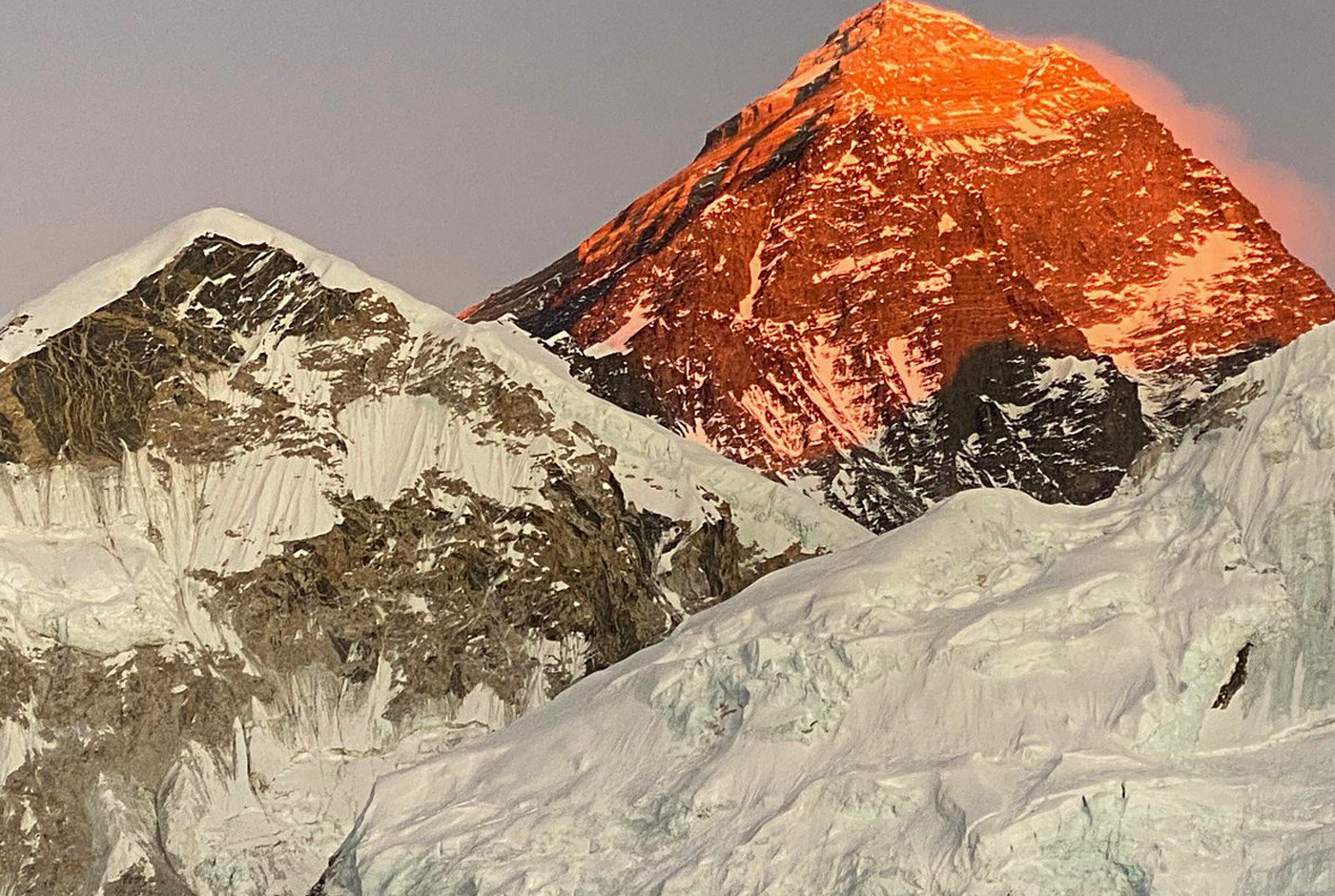
Mount Everest always takes center stage when discussing the highest peaks in the world. This Himalayan mountain range is referred to locally as Chomolungma, which translates to Goddess Mother of the World. The harsh conditions of the death zone above 8000 meters are faced by climbers each year. This famous peak has come to represent human tenacity.
Fun Fact:
- The Himalayan mountain Kangchenjunga was the highest peak before Everest was recognized as the top peak.
- Thousands of people trek to the 5364-meter Everest Base Camp every year. It is a demanding but worthwhile adventure that offers a glimpse of the grandeur of Everest.
Denali (North America)
- Height: 6,190 meters (20,310 feet)
- Location: Alaska, USA
- Claim to fame: North America's loftiest giant, the USA's crowning peak, and a mountaineer's ultimate Alaskan challenge.
- Best Time to Climb: May to June
- First Ascent: 1913 by Hudson Stuck and Harry Karstens
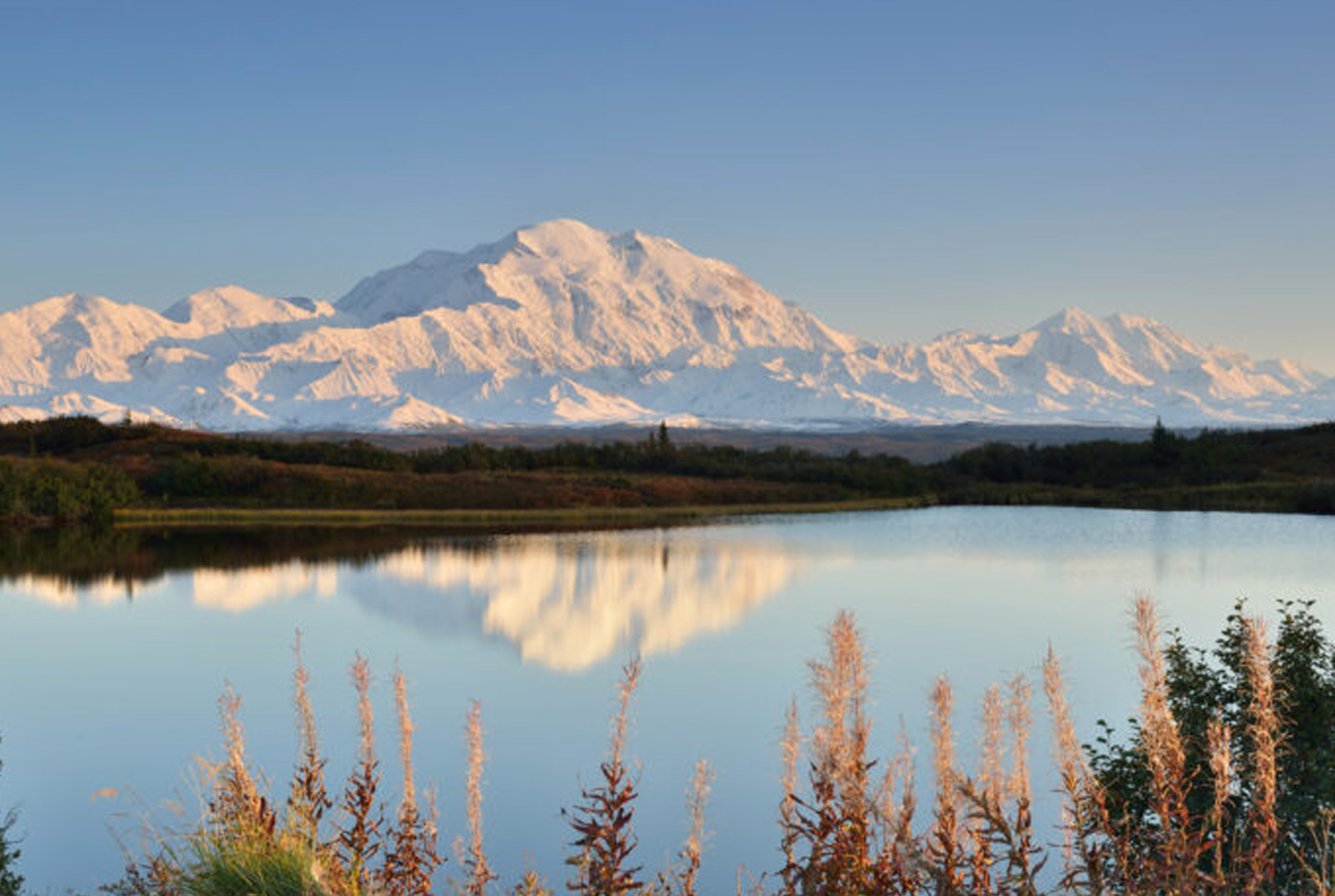
The highest peak in North America is Denali, formerly Mount McKinley. Denali is one of the most challenging climbs among the Seven Summits due to the enormous elevation gain from base camp to summit. With wintertime lows of -60°C, Denali is also the coldest mountain in North America.
Fun Fact:
Denali is taller than Everest from base to peak, rising roughly 18000 feet from the ground.
Aconcagua (South America)
- Height: 6,961 meters (22,837 feet)
- Location: Andes Mountain Range, Argentina
- Highest Claim to Fame: South America's highest peak, the tallest mountain in the Americas, and a climber's ultimate Andean quest.
- Best Time to Climb: December to January
- First Ascent: 1897 by Matthias Zurbriggen
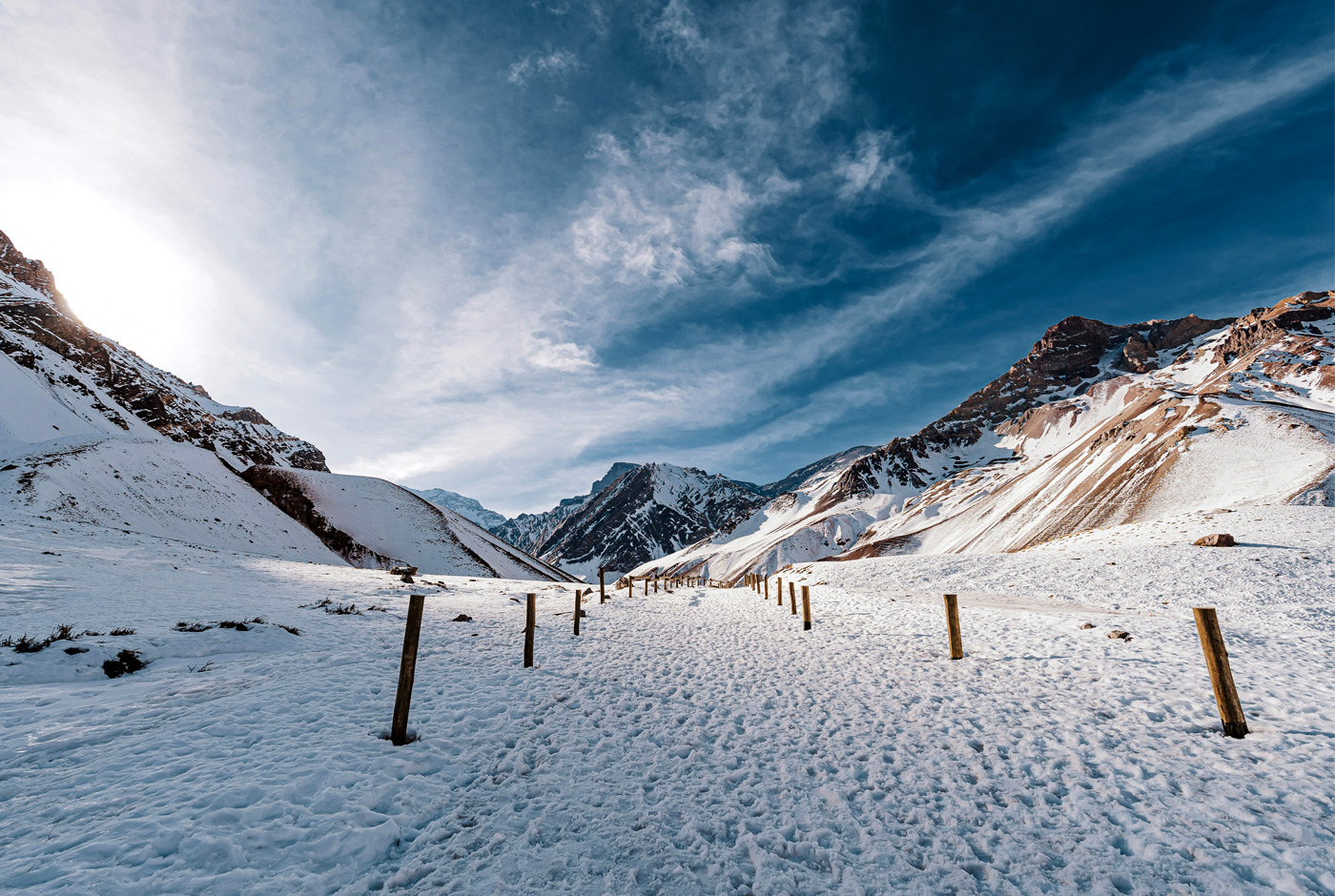
The highest mountain, Aconcagua, is a part of the Andes. Although it is generally viewed as a non-technical climb, its high elevation makes it challenging. For South American climbers looking for adventure, Aconcagua is a dream come true because of its rocky, dry terrain and expansive views of the Andes.
Fun Fact:
- Because of its prominence and imposing presence over the Andes Aconcagua, it is frequently called the Stone Sentinel.
- The journey to the summit may take up to fifteen days.
- From December to January, the peak season offers the best climbing weather.
Kilimanjaro (Africa)
- Height: 5,895 meters (19,341 feet)
- Location: Tanzania
- Highest Claim to Fame: Africa's highest mountain, the tallest freestanding mountain on Earth, and an adventurer's dream climb.
- Best Time to Climb: June to October and December to March
- First Ascent: 1889 by Hans Meyer and Ludwig Purtscheller
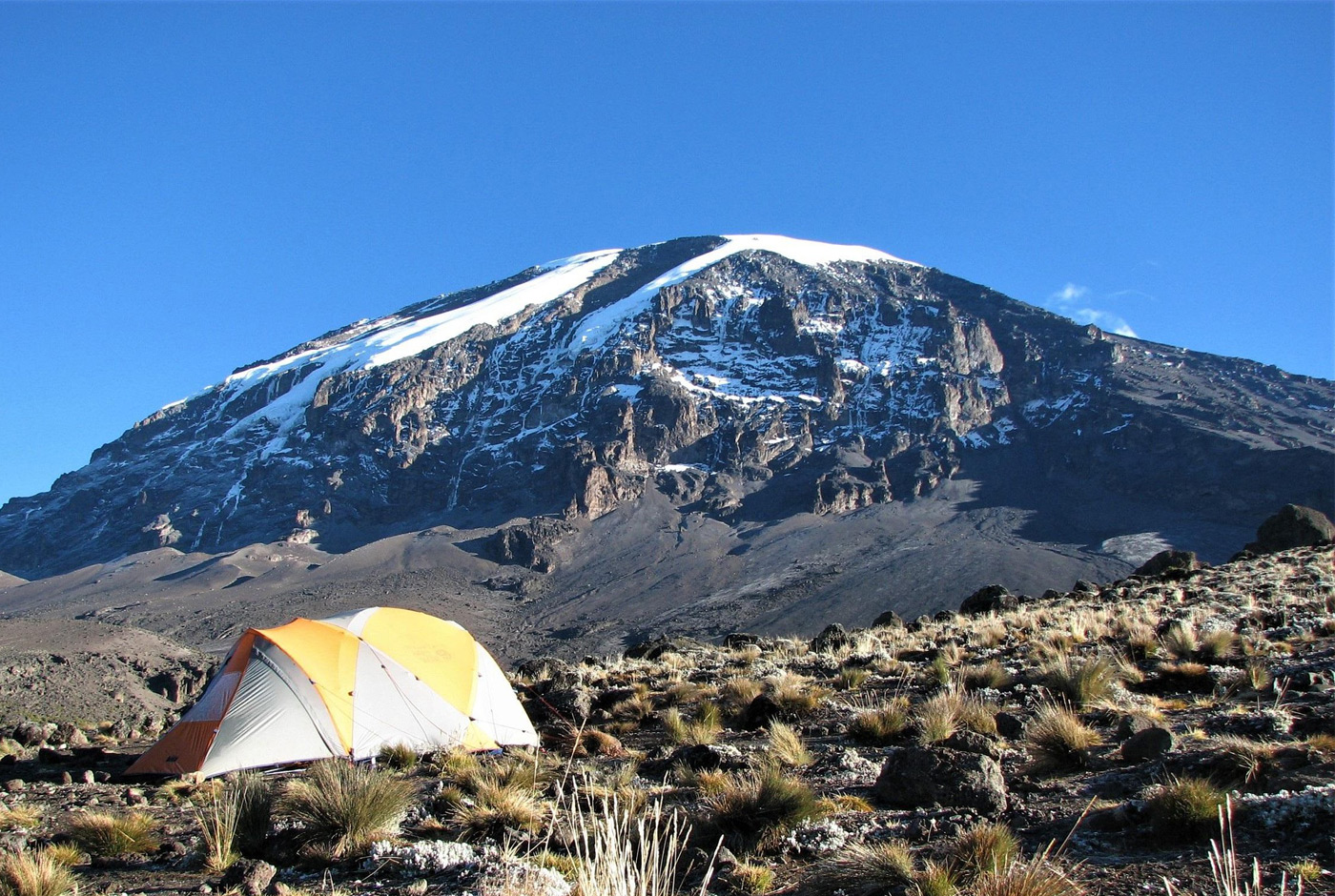
It is unique since Mount Kilimanjaro is the world's tallest free standing mountain. It is the simplest of the Seven Summits to reach and, unlike other summits, does not require technical climbing skills. Its trails take climbers through five ecological zones, from rainforests to arctic tundras. Views of the African plains at sunrise are genuinely breathtaking.
Fun Fact:
- Known as the Roof of Africa, Kilimanjaro plays a significant role in Tanzanian tourism and culture.
- The summit is accessible via seven main routes.
- The climb takes 5 to 9 days, depending on the route.
Elbrus (Europe)
- Height: 5,642 meters (18,510 feet)
- Location: Caucasus Mountains, Russia
- Highest Claim to Fame: Europe's highest mountain, the tallest peak in Europe, and a prominent dormant volcano.
- Best Time to Climb: July to August
- First Ascent: 1874 by a British expedition
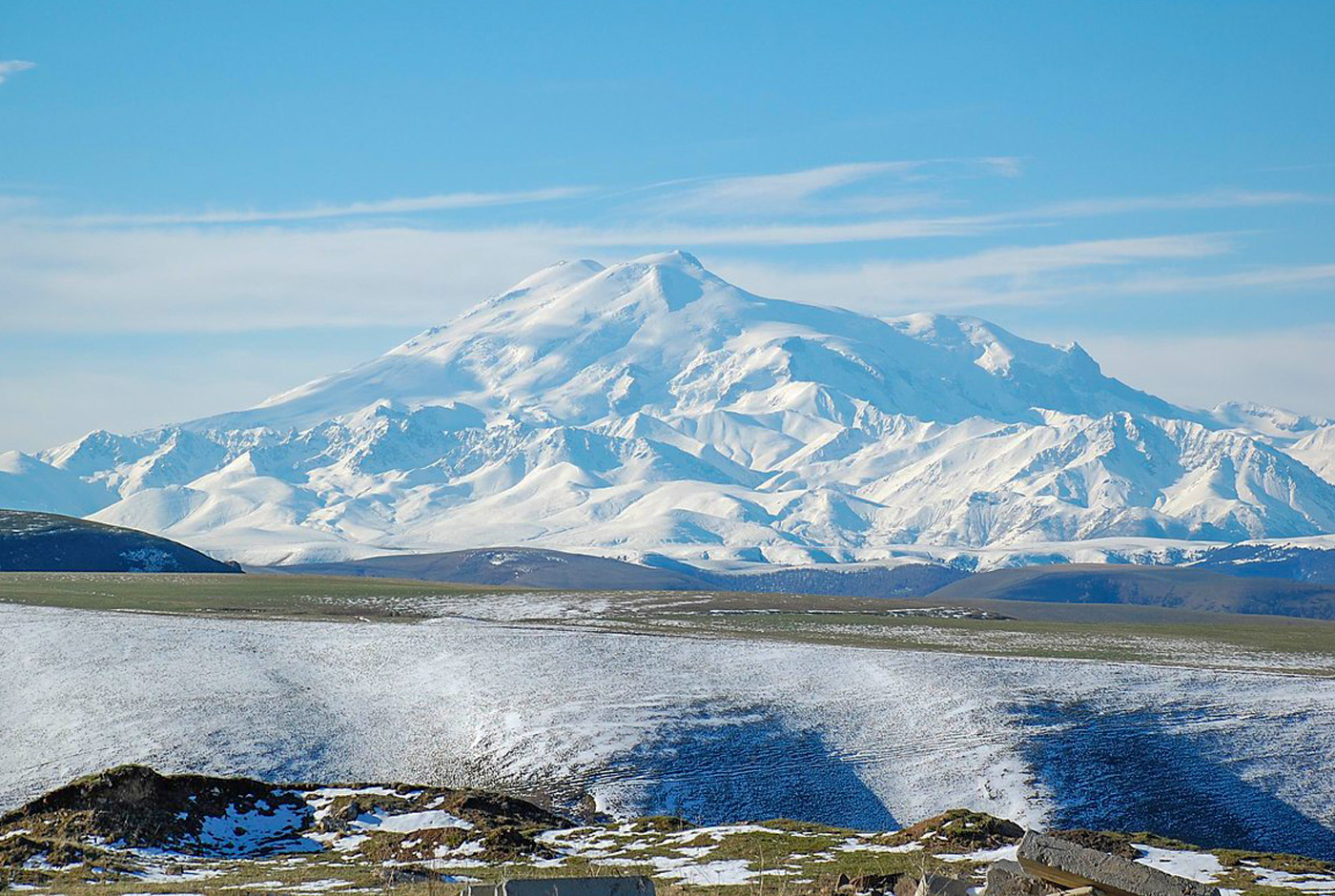
Mount Elbrus, the highest peak in Europe, features a dormant volcano. Experienced climbers can tackle its ascent despite the snowy terrain. The tallest peak in the Caucasus region of southwest Russia is Mount Elbrus. The twin cones of this extinct volcano reach heights of 18,510 feet (5642 meters) and 18356 feet (5595 meters). The Seven Summits Challenge is one of the well-known expeditions that combines breathtaking scenery with reasonable difficulty. Many adventurers are drawn to the climbs because of their unique scenery and sense of accomplishment.
Additionally, reaching the summit offers a rewarding experience showcasing nature's best features. Elbrus is one of the most essential mountaineering and tourism hubs in the Caucasus. A vast mountaineering and tourism base with extensive sports facilities opened in 1964.
Fun Fact:
- Elbrus has 22 glaciers feeding the rivers below, contributing to its mystique and beauty.
- The climb typically takes 5–7 days, depending on the route.
- Its twin summits make it a unique and visually striking mountain
Vinson Massif (Antarctica)
- Height: 4,892 meters (16,050 feet)
- Location: Sentinel Range, Antarctica
- Claim to Fame: The highest mountain in Antarctica, the tallest peak, and one of the coldest climbs in the Seven Summits challenge.
- Best Time to Climb: December to February
- First Ascent: 1966 by an American team
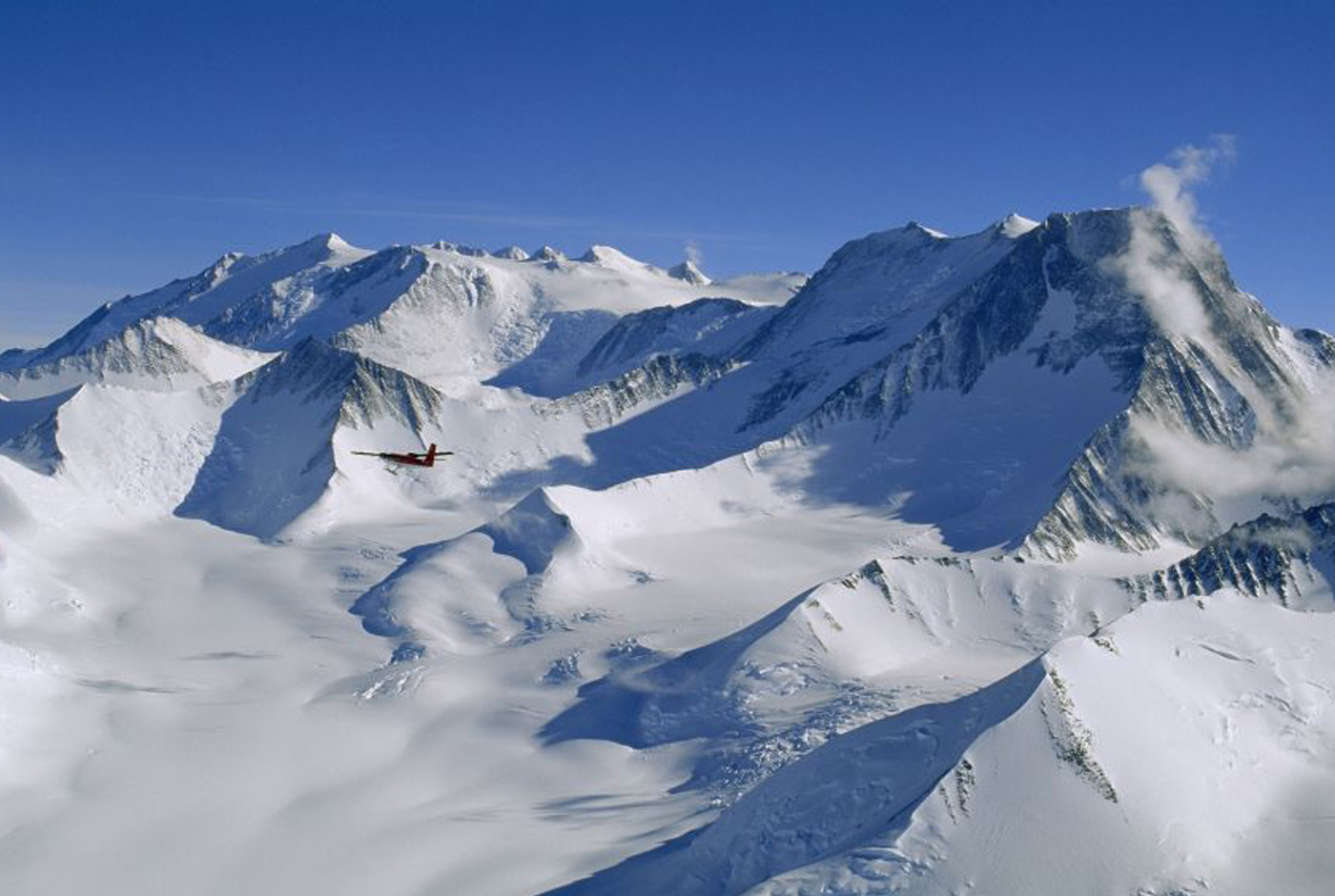
Vinson Massif (16,050 feet), the highest peak in Antarctica and one of the famous Seven Summits, is only 660 nautical miles from the South Pole. It is like traveling to a different planet to climb Vinson Massif. Situated in one of the Seven Summits' most isolated areas, it provides climbers with icy terrain and seclusion. It is one of the coldest mountains, and the severe weather and logistical difficulties make it even more difficult.
Fun Fact:
- The mountain is named after U.S. congressman Carl Vinson, who advocated for Antarctic exploration.
- It can get as low as -40°C (-40°F).
- Expeditions need technical know-how and logistical planning.
Carstensz Pyramid (Oceania)
- Height: 4,884 meters (16,024 feet)
- Location: Papua, Indonesia
- Claim to Fame: The highest peak in Oceania, the tallest mountain in Oceania, and the most technical of the Seven Summits.
- Best Time to Climb: Year-round
- First Ascent: 1962 by Heinrich Harrer
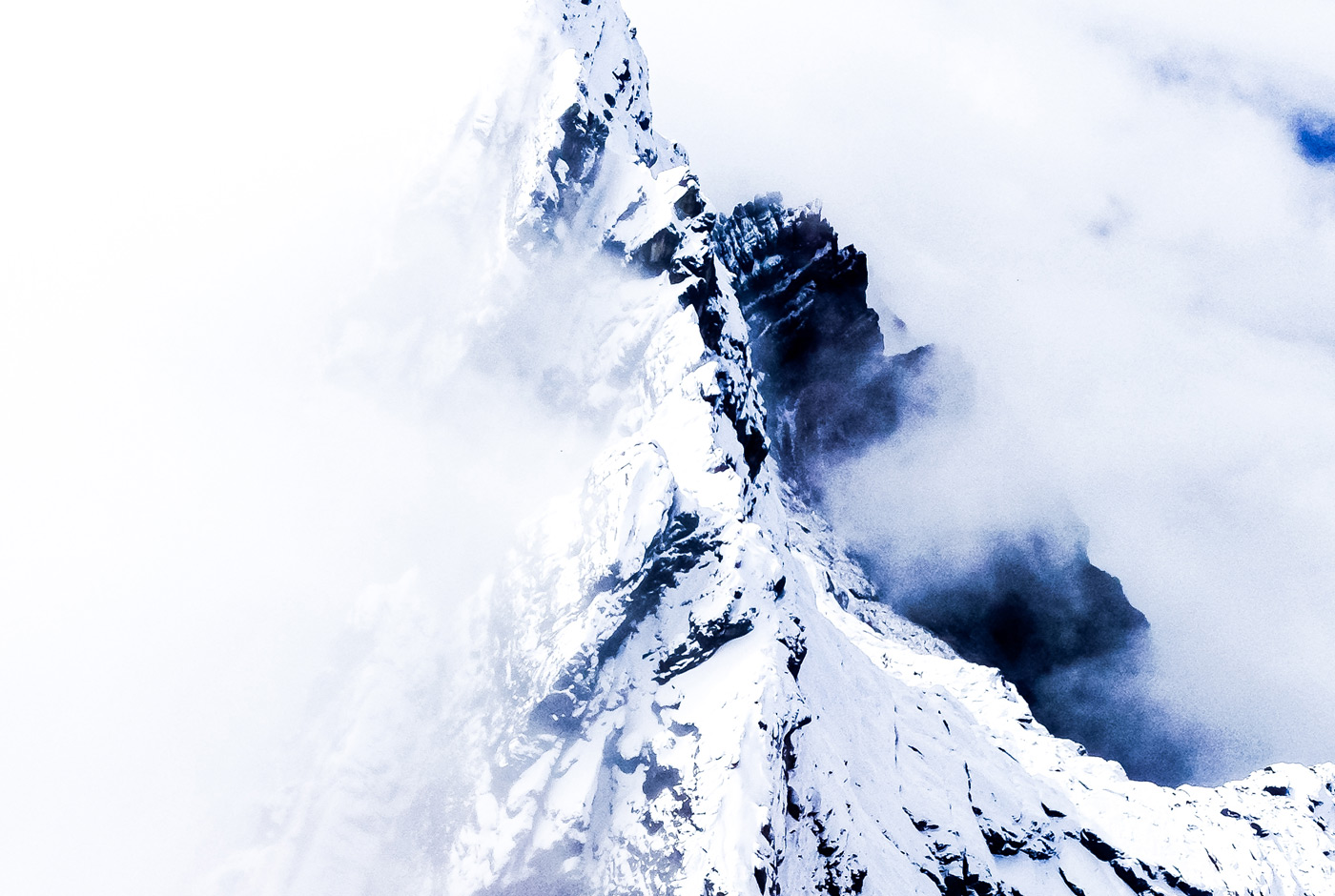
The Carstensz Pyramid is the Seven Summits' most challenging climb, requiring advanced skills due to its steep rock faces. In contrast to Mount Kosciuszko's easy hike, it is located on the island of New Guinea. The challenge of getting to the Carstensz Pyramid, which also involves navigating dense jungles, is made more adventurous. The fact that it is one of the few equatorial mountains covered by glaciers is remarkable. Permits are necessary for climbers.
Fun Fact:
- The journey through dense jungles to reach the Carstensz Pyramid adds an element of adventure.
- It is one of the few glaciated equatorial mountains.
- Obtaining permits from the Indonesian government is necessary.
Mount Kosciuszko (Alternative Summit)
- Height: 2,228 meters (7,310 feet)
- Location: New South Wales, Australia
- Claim to Fame: The highest peak in Australia and the most leisurely climb among the Seven Summits.
- Best Time to Climb: November to March
- First Ascent: 1840 by Paul Strzelecki
Mount Kosciuszko, Australia's highest peak, is a relatively easy hike compared to the other summits. It lacks the dramatic challenges of the Carstensz Pyramid, but because it is easily accessible, it is frequently included in the Bass list.
Fun Fact:
- The only ski resorts in Australia are in Kosciuszko National Park, increasing the park's allure for tourists.
History of the Seven Summits Challenge
The first person to finish the Seven Summits was an American climber named Richard Bass in 1985. Reinhold Messner later contested his achievement by introducing a more exacting list incorporating the Carstensz Pyramid. Climbers like Rob Hall Junko Tabei (the first woman to finish the challenge) and Patrick Morrow have pushed the feasible limits over the years.
The Debate: Kosciuszko vs. Carstensz Pyramid
There were discussions when Carstensz Pyramid was added to the Messner list. Although Mount Kosciuszko at 2228 meters is a less strenuous hike, it does not have the same prestige or challenge as the Carstensz Pyramid. Because of its authenticity and difficulty, most climbers now prefer the Messner list.
Why Climb the Seven Summits?
The Seven Summits represent the height of exploration and accomplishment for many intrepid travelers. The climber's fortitude, readiness, and resolve are tested at each peak. These mountains test the mind and body, from the breathtaking height of Mount Everest in Asia to the technical ascents of the Carstensz Pyramid in Oceania. Even the laid-back Mount Kosciuszko in Australia reminds us of the simplicity and joy of being in nature.
Reaching the mountain's summit is only one aspect of climbing the Seven Summits. It is an opportunity to develop a close relationship with the world's diverse cultures and landscapes. The pristine icefields of Mount Vinson in Antarctica display nature at its most pristine, while the wild beauty of Aconcagua in the Andes evokes the wonder of Earth's immensity. Taking on this challenge means pushing boundaries, embracing the unknown, and finding inspiration in our planet's fantastic landscapes.
Challenges of Climbing the Seven Summits
- The weather is a wild card that keeps coming up. Even though Denalis notorious storms have forced numerous expeditions to retreat, the frigid winds of the Vinson Massifs can still make you feel cold.
- Climbers may find their preparedness and resolve tested by abrupt changes from clear skies to raging blizzards. Climbs such as the Carstensz Pyramid require technical skills. Its rugged terrain necessitates steady nerves and precise climbing methods.
- Altitude is one of the greatest adversaries. Over time, climbers must acclimate to the thin air on peaks such as Everest and Aconcagua. Acclimatization is crucial for survival in the death zone above 8000 meters, where every step feels like a struggle against gravity.
- The weather is a recurring wild card. Although many expeditions have had to retreat due to Denali's infamous storms, Vinson Massifs' freezing winds can make you feel cold. Rapid shifts from clear skies to raging blizzards can test a climber's resolve and preparedness.
- Technical skills are necessary for climbs like the Carstensz Pyramid. Its rocky faces require precise climbing techniques and steady nerves. Every move demands total concentration because there is very little room for error.
- Another difficulty is logistics, especially for the farther-flung peaks. Getting to Vinson or Carstensz requires meticulous planning of permits, gear, and transportation to some of the most inhospitable areas on Earth.
Nature's Seven Summits challenge climbers who dare to take on the challenge. Every ascent is a tale of tenacity and overcoming hardship.
Training for the Seven Summits
Climbing the Seven Summits takes exceptional technical skill, mental fortitude, and physical stamina. Using climbing equipment like ropes and crampons is crucial to improving your endurance through aerobic exercise and strengthening your legs and core. Slow altitude acclimatization is required for summits such as Everest. If you prepare your body and mind, you'll be ready to take on the most significant challenges in the world.
Eco-Impact and Preservation
Even though they are excellent, the Seven Summits face more environmental challenges. The pristine slopes of Everest are tarnished by overcrowded trash and abandoned equipment. Once glaciated, Kilimanjaro lost its icy crown due to climate change. The vulnerability of our planet is brought home by these well-known peaks. Following the Leave No Trace philosophy, climbing can support conservation efforts to preserve these breathtaking landscapes for future generations. As guardians of the environment, we summit these mountain peaks to achieve and honor the age-old heritage of the mountains.
Frequently Asked Questions (FAQs)
Which Is the Easiest Peak to Climb Among the Seven Summits?
Mount Kosciuszko in Australia is the most accessible peak among the Seven Summits. The 2228-meter (7310-foot) hike is easy and doesn't require any specialized knowledge or gear. In honor of Polish cultural and political figure Tadeusz Kosciuszko, Polish explorer Paul Strzelecki named Mount Kosciuszko in 1840. The Kosciuszko National Park includes other peaks in the Australian Alps mountain range. It is a beginner-friendly option for those beginning their Seven Summits journey because it is reachable via well-maintained trails, and most climbers can reach the summit in a few hours.
How long does it take to climb all Seven Summits?
In general, climbing all seven summits takes two to seven years, depending on several variables. Climber experience level of fitness logistics, weather and training, and acclimatization time are some. Since every mountain has different climbing seasons and difficulties, careful planning and preparation are crucial. While some experienced climbers have finished the challenge in less than a year, most take several years to complete.
Which mountain is the highest in the United States?
America's tallest mountain is Mount Whitney in California, excluding Alaska. At 14505 feet (4421 meters), it is the highest peak in the United States contiguous territory. With breathtaking views and a challenging but manageable climb, Mount Whitney, part of the Sierra Nevada range, is a well-liked destination for hikers and climbers.
What is the tallest mountain from base to peak?
Mauna Kea in Hawaii is the tallest mountain when measured from its base to its peak, reaching over 33,500 feet (10,210 meters) from the ocean floor, despite its summit being only 13,796 feet (4,205 meters) above sea level. Compared to Mount Everest, the highest mountain above sea level, this unusual measurement emphasizes its enormous size.
Which is Harder to Climb: Denali or Everest?
Climbing Denali and Everest presents unique challenges. Denali, at 6,190 meters (20,310 feet), is known for extreme cold, with temperatures dropping to -60°C (-76°F), heavy loads (since no porters are available), and unpredictable weather. Its remote location also makes rescues difficult.
Everest, the world's tallest peak at 8,849 meters (29,032 feet), presents altitude challenges due to high altitude, requiring weeks of acclimatization to avoid altitude sickness. Climbers rely on Sherpa support, but dangerous sections like the Khumbu Icefall and Summit Ridge remain high risk.
While Denali tests self-reliance and endurance, Everest demands stamina and acclimatization. Both mountains are iconic, pushing climbers to their limits.
Who was the first to complete the Seven Summits?
The first individual to complete the Seven Summits was Richard Bass, an American businessman and mountaineer. He accomplished this on April 30, 1985, by reaching the summit of Mount Everest, the last peak of his journey. Bass popularized the concept of "Seven Summits" and chronicled his experience in his book, Seven Summits, where he included Mount Kosciuszko as the highest peak in Australia on his Bass List. This extraordinary achievement inspired numerous climbers worldwide to pursue the challenge of conquering the tallest mountains on each continent.
Which of the Seven Summits Is the Hardest?
The hardest of the Seven Summits is often debated between Mount Everest and Denali. Mount Everest, at 8,849 meters (29,032 feet), presents challenges like extreme altitude, unpredictable weather, and technical routes. Denali tests climbers at 6,190 meters (20,310 feet) with freezing temperatures, self-sufficient expeditions, and brutal winds. Both peaks demand advanced skills, physical fitness, and mental toughness, making them the most demanding climbs on the Seven Summits list.
Which is the Smallest of the Seven Summits?
Mount Kosciuszko, of New South Wales, Australia, is the smallest of the Seven Summits, located in the himalayan mountains. At 2,228 meters (7,310 feet), it is considerably lower than the other peaks on the list.
How many Summits are there in the World?
The world features countless summits, from towering peaks to more minor elevations. In mountaineering, the most notable include:
- Seven Summits: The highest mountains located on each of the seven continents.
- 14 Eight-Thousanders: Peaks above 8,000 meters, all found in the Himalayas and Karakoram ranges.
- Hundreds of Thousands Globally: This includes lesser-known summits in ranges like the Alps, Andes, Rockies, and more.
While the exact number of summits worldwide is not definitive, there are over 1,500 recognized significant mountain ranges, each containing multiple peaks for adventurers to explore.
Who climbed the seven summits the fastest?
Australian climber Steven Plain holds the record for the fastest completion of the Seven Summits, achieving this in 117 days, 6 hours, and 50 minutes. He completed his journey on May 14, 2018, by summiting Mount Everest.
Maria Gordon from the UK finished the Seven Summits, including the Kosciuszko and Carstensz lists, in 238 days, 23 hours, and 30 minutes, concluding on June 17, 2016.
Conclusion
The Seven Summits of the World represent the height of human achievement and exploration. Each mountain presents challenges that test endurance, from the majestic Everest to the icy Vinson Massif. These peaks inspire a profound, instinctual urge to conquer obstacles and connect us to the raw power of nature.
We, the Nepal Hiking Team are prepared to assist you with the best treks in Nepal, the Everest Base Camp if Mount Everest calls. As the leading company in Nepal, we provide an authentic and outstanding experience in the heart of the Himalayas. Set out on the journey of a lifetime and experience the majesty of nature like never before. With expert guides from Nepal Hiking Team and breathtaking landscapes, create memories that you will reminisce for a lifetime.



